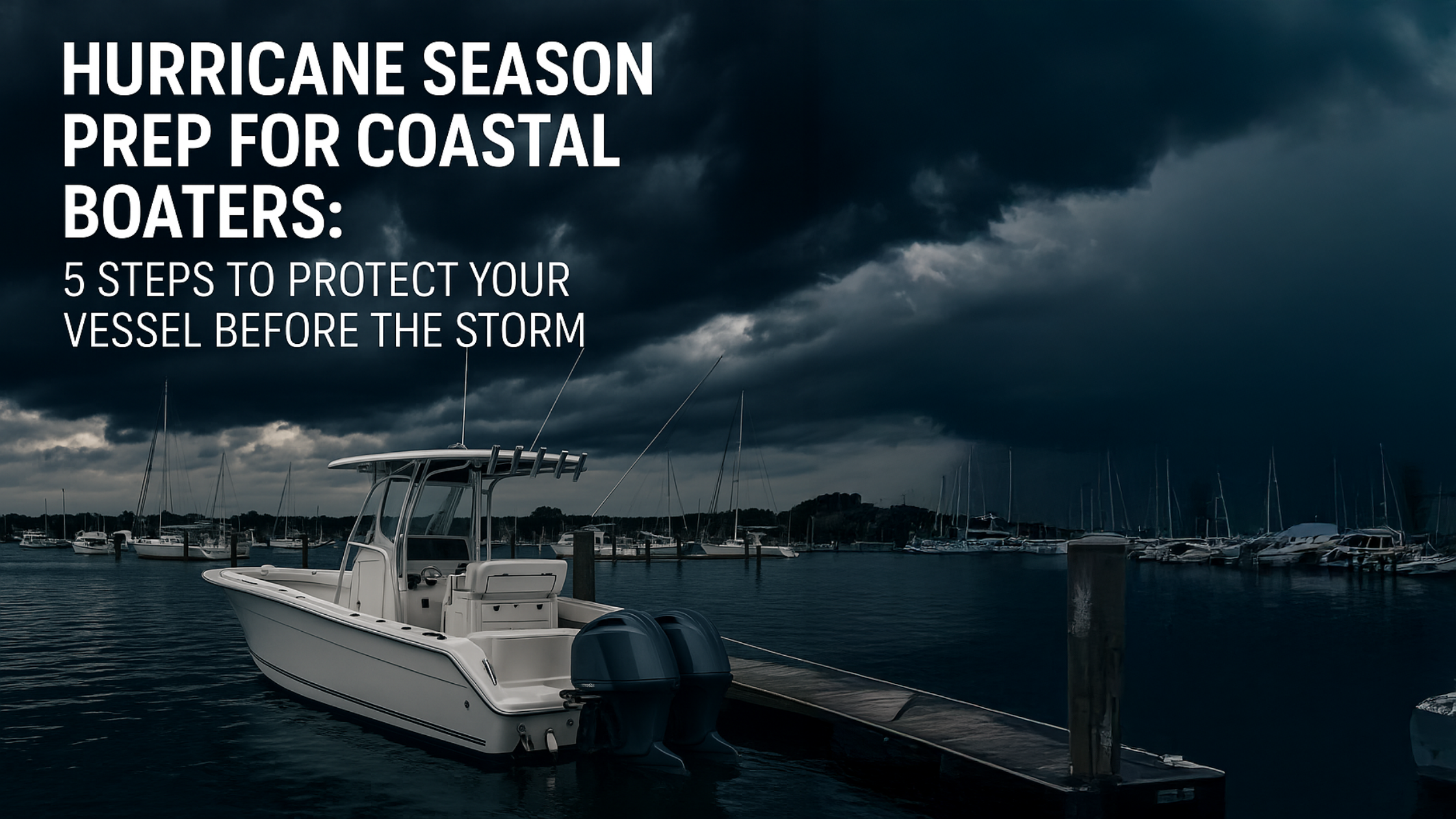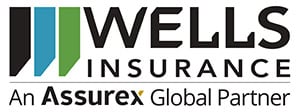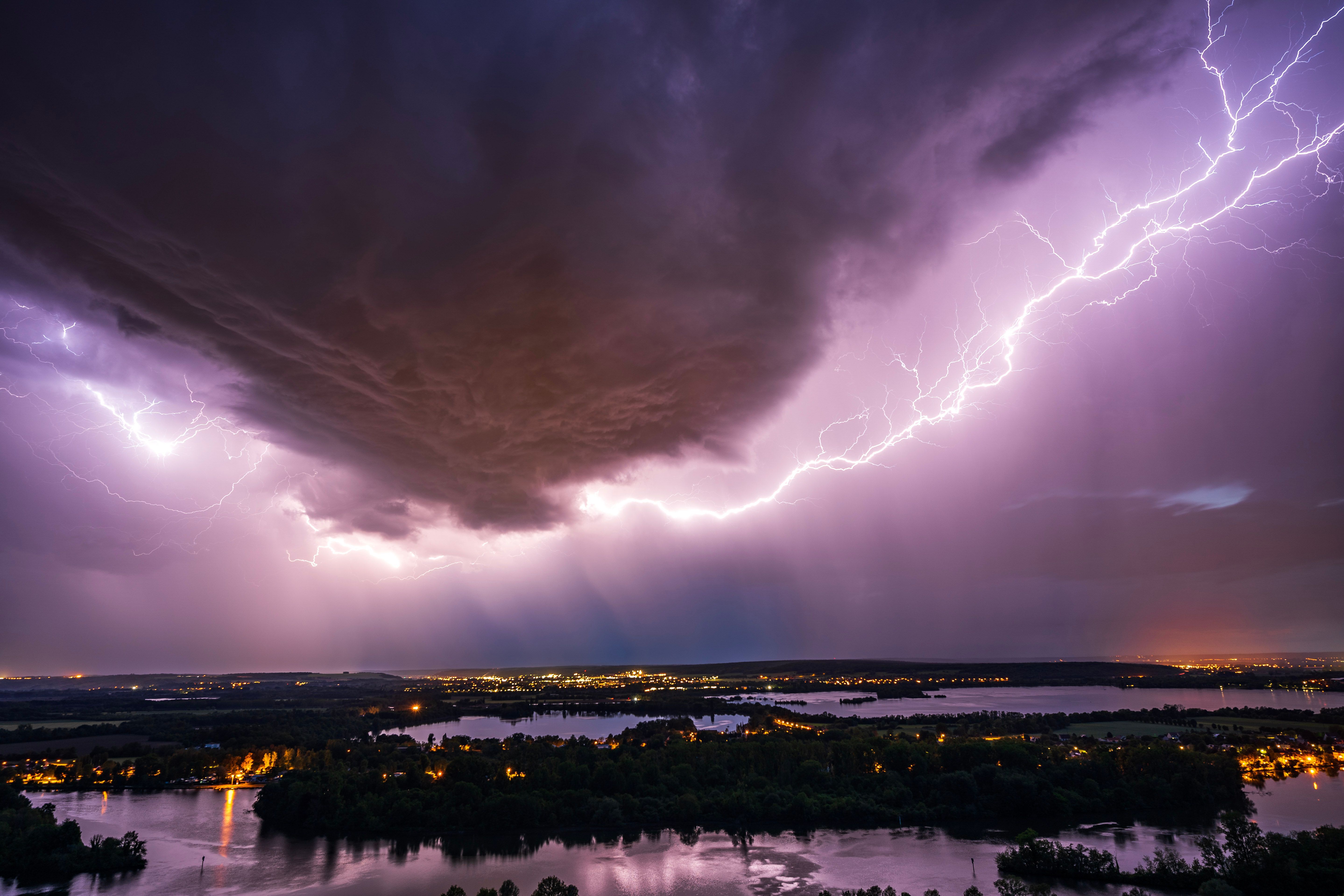Hurricane Season Prep for Coastal Boaters: 5 Steps to Protect Your Vessel Before the Storm

If you live or boat along the North Carolina coast, you already know — hurricane season isn’t just a weather event. It’s a lifestyle consideration.
With an active 2025 hurricane season predicted by NOAA, now is the time to make sure your boat is ready — not when the forecast cone is already pointing your way.
Whether your vessel stays docked, moored, or trailered, these five steps can help you secure your boat, protect your investment, and minimize risk when storms approach.
1. Know Your Hurricane Haul-Out Plan
Don’t wait until a storm watch is issued to figure out your next move.
-
Trailered boats should be moved inland, parked away from trees, and secured with tie-downs or ground anchors.
-
Dry-stored vessels at marinas may require early scheduling for haul-outs — spots can fill up fast.
-
Wet-slipped boats should have a designated storm slip or plan for extra mooring lines, fendering, and chafe protection.
📝 Pro Tip: Ask your marina about their hurricane protocol and any responsibilities you have as the owner.
2. Document Everything in Advance
Before the skies darken, take clear photos of your vessel from multiple angles — including the hull, electronics, engine, and gear.
Also record:
-
Current mileage/hours
-
Any recent repairs or upgrades
-
Contents of the boat (rods, coolers, life jackets, etc.)
This documentation is crucial for filing a claim quickly and accurately if damage occurs.
3. Check Your Marine Insurance Policy Now
When was the last time you reviewed your boat insurance?
Ask yourself:
-
Does my policy cover named storm damage?
-
Is there a separate hurricane deductible?
-
What happens if my boat is damaged at the dock or washed ashore?
-
Are removal and salvage expenses covered?
💡 Don’t assume a homeowner's policy or standard coverage will include your boat in extreme weather. At Wells Marine Insurance, we help coastal boaters get the protection they actually need.
4. Disconnect, Secure, and Strip the Boat
When a storm is approaching:
-
Remove loose gear (coolers, cushions, fishing rods, etc.)
-
Disconnect electronics and shore power
-
Make sure bilge pumps are operational and batteries are charged
-
Close all seacocks and secure hatches
-
Double up lines and use chafe gear where needed
The more streamlined your boat is, the less surface area and stress it will take during wind and surge.
5. Stay Alert — and Don’t Wait
North Carolina storms can form and strengthen fast. If you wait too long to move or secure your boat, you might run out of safe options.
Monitor:
-
NOAA Hurricane Center bulletins
-
Local marine weather forecasts
-
Marina advisories and county emergency alerts
When in doubt, act early — it’s better to undo prep than scramble last-minute in unsafe conditions.
👇 Bottom Line
Your boat is more than a weekend toy — it’s a serious investment and often, a way of life. Make this the year you prep like a pro and ensure your insurance, storage plan, and storm protocol are watertight.
📞 Need help reviewing your marine policy or adding storm coverage?
Wells Marine Insurance is here to help coastal boaters stay ready, safe, and protected.
Contact Us for more information or a quote!


